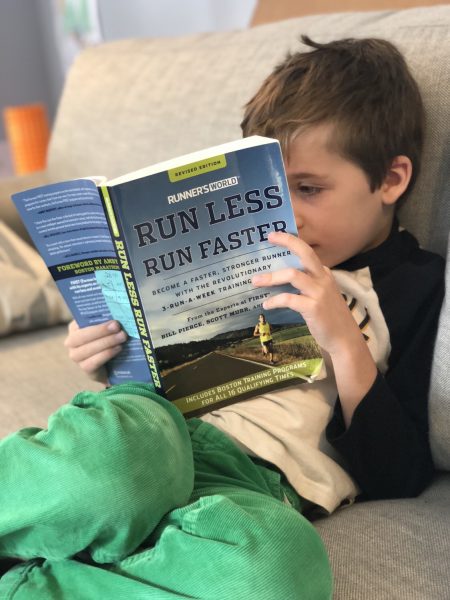Because… Monday.
Wait, it’s Tuesday.
Out of curiosity, I decided to research when I should be foam rolling. Before? After? Directly after? Hours later? There’s plenty of contradicting advice out there, and not many articles cite their sources. Where’s the data? Who took a group of runners and had them foam roll before or after or several hours after and then followed their rates of injury, recovery time, and performance? The expert being quoted, what studies have they read, or does their expertise consist of anecdotal evidence from clients enjoying a placebo effect because they want it to be working?
Time magazine did the best job of citing research studies in its article about foam rolling. If you have time for one article, it was the most informative and interesting.
But while reading a lot of articles that say slightly different things might seem like an exercise in frustration, it’s helpful to look for common themes. All these articles agreed that foam rolling can be beneficial, that good posture using the foam roller is important to prevent injury, that rolling too hard (think pain instead of discomfort) is not helpful, and that you shouldn’t roll out your lower back because you can cause injury.
And most articles admitted that there might be different benefits to rolling before or after your workout.
When you read just one article on a topic there’s a chance you’re reading an outlier and if you read five more articles the information in the first would contradict the general consensus. That’s fine if it’s a ground-breaking article that adds important new research to the body of information and is going to actually shift the consensus… it’s not so good if the article is written by an “expert” somewhere with a controversial opinion that isn’t based on a wealth of evidence.
I found the same thing when reading parenting books. Rather than feeling frustrated by the contradictions, I felt empowered by the amount of consensus I found. The contradictions offered me flexibility in areas where positive outcomes had been demonstrated from a variety of different parenting techniques.
So when you have a question, like “when should I foam roll” maybe it’s not such a bad thing to read a variety of articles to get a feel for where there’s agreement vs. where people just aren’t sure and perhaps you should see what works best for you. (And what the definite NOs are so you can avoid injury.)
And if you read something “groundbreaking” make sure you check out the research behind it so you’re confident there’s ample evidence of the benefits and low risk of injury before you go out and ice your calves to the point of frost-bite or overhydrate on a run.
Happy truth-seeking!

Will with my orange foam roller in the background.
Foam Roll Before:
Foam Rolling? Do It Right By Avoiding These 10 Mistakes from Runner’s World
Should I Foam Roll Before or After a Workout? from Outside Online
Foam Roll At Bedtime:
The Right Time to Foam Roll from Men’s Health
Both or Either:
Should I Be Foam Rolling Before My Workout Instead of After? from Women’s Health
You Asked: Should I Use a Foam Roller? from Time Magazine
Articles About Foam Rolling That Tell You Everything Else You’re Doing Wrong But Not When to Do It:
5 Foam Rolling Mistakes to Avoid from Huffington Post
The 4 Mistakes You’re Making When Foam Rolling from Runners Connect